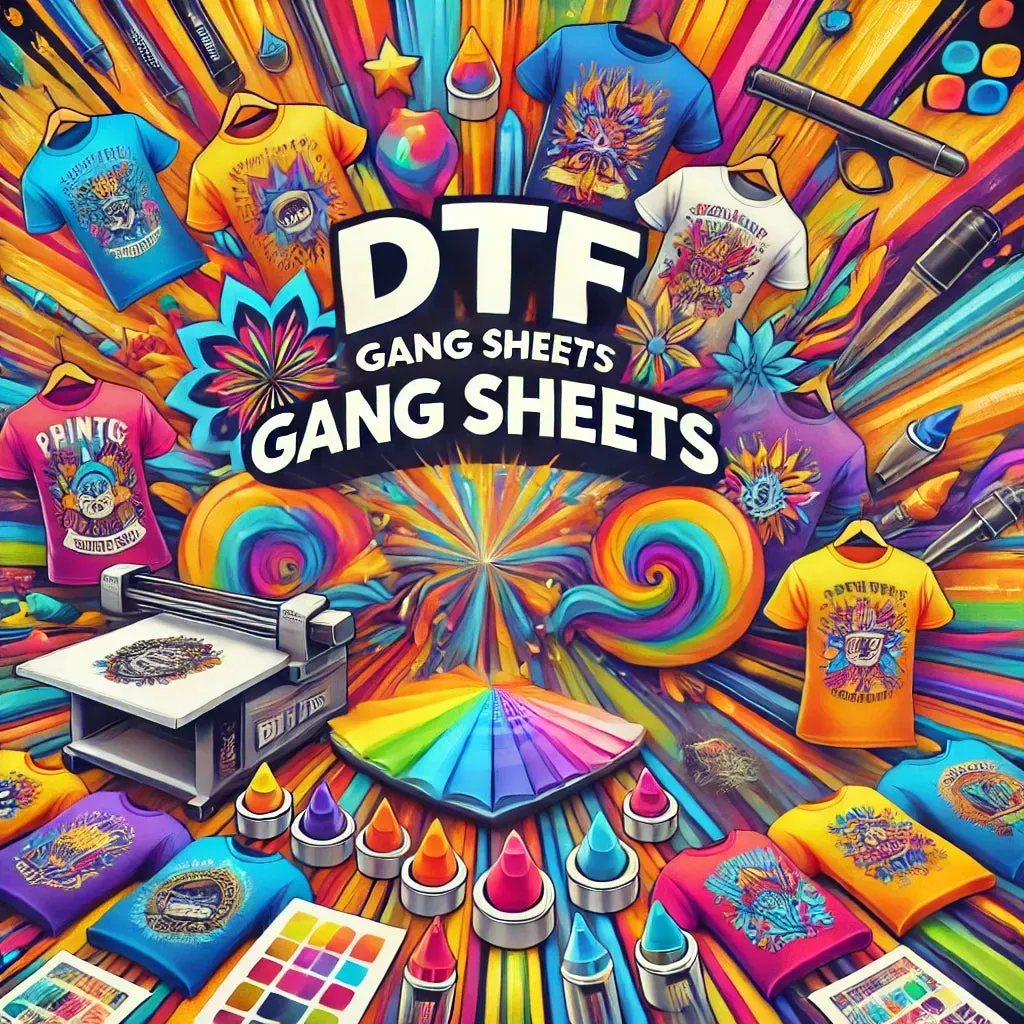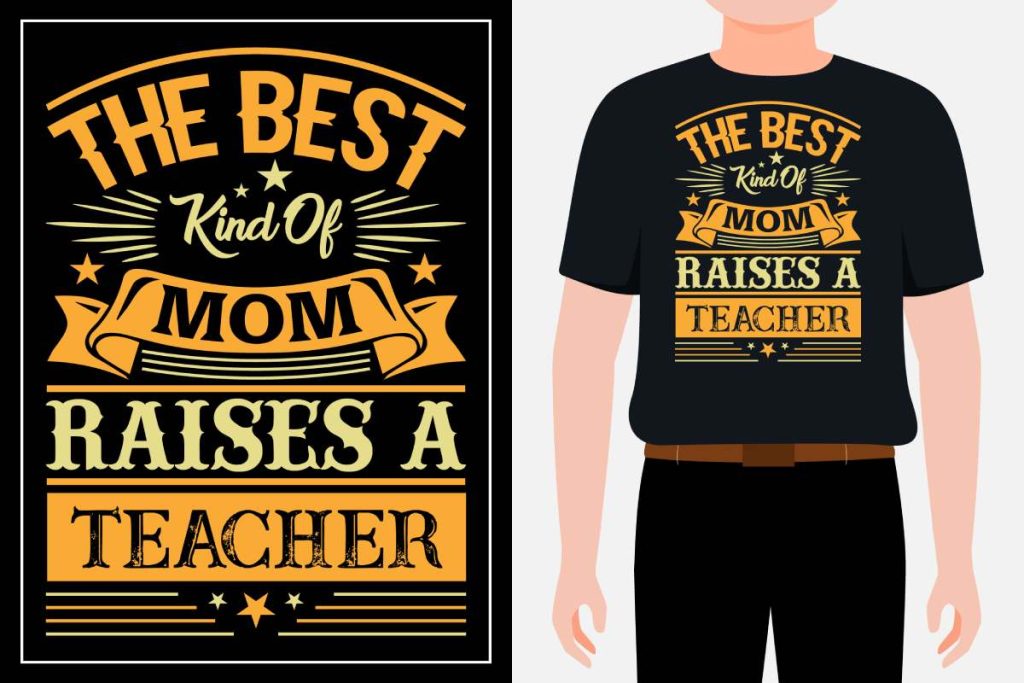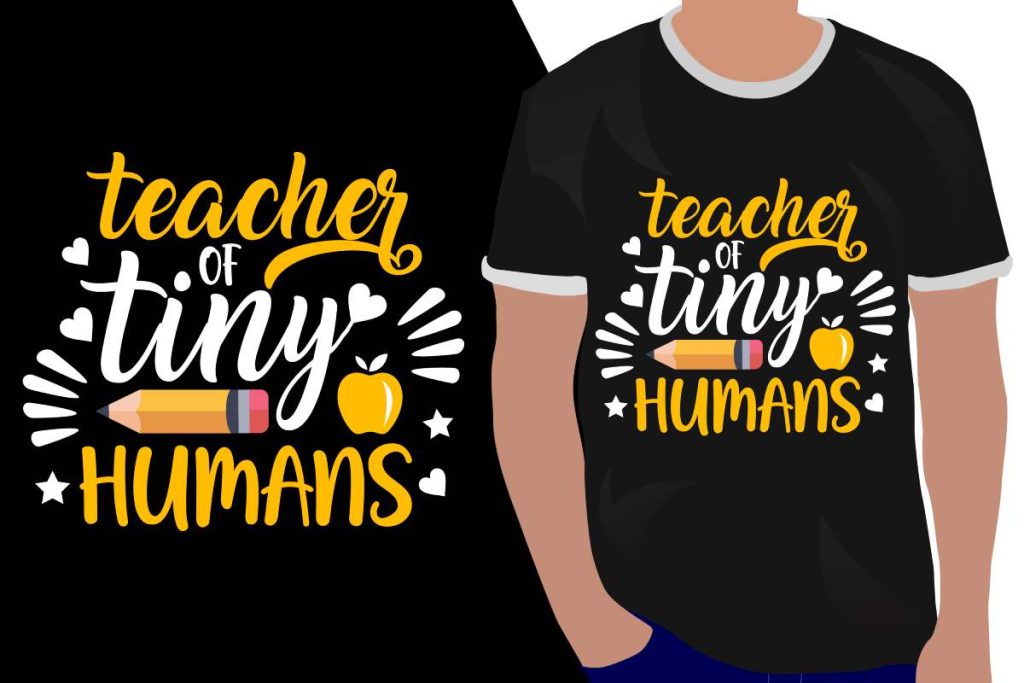In the innovative realm of custom apparel printing, DTF gangsheets have emerged as a revolutionary tool for creators and entrepreneurs alike. By utilizing the efficient Direct-to-Film (DTF) printing technique, users can effortlessly produce vibrant and durable designs that stand out on any garment. This process involves printing intricate designs on DTF film, which are then transformed into high-quality DTF transfers for easy application. As we delve into this guide, we will share essential information and expert tips on how to create DTF gangsheets that maximize print capabilities while minimizing waste. Whether you’re a seasoned professional or just starting, understanding the power of DTF gangsheets is a game-changer in the world of custom apparel.
Direct-to-Film printing, often abbreviated as DTF printing, is transforming the landscape of fabric decoration and garment personalization. This advanced printing technique allows users to print designs onto a special film, resulting in transfer prints that can effortlessly adhere to various textiles. With the growing demand for custom clothing solutions, mastering the art of crafting DTF transfer sheets can significantly enhance your creative output. As we explore the intricacies of generating effective DTF gangsheets, we will discuss alternative strategies, common practices, and how to streamline your workflow for optimal results. Delving into this topic will empower custom apparel creators to harness the full potential of this popular printing method.
What is DTF Printing?
DTF printing, or Direct-to-Film printing, has revolutionized the custom apparel market, enabling designers and businesses to create highly detailed and vibrant prints on a variety of textiles. This innovative technique involves the transfer of designs printed onto a special film, known as DTF film, using specialized inks. The charm of DTF printing lies in its versatility; it caters to both small-scale projects and large production runs, making it a popular choice among hobbyists and commercial printers alike.
Unlike other printing methods such as Direct-to-Garment (DTG) or screen printing, DTF printing provides greater ease of use and efficiency. The process requires minimal setup and allows for high-resolution images with stunning color outputs. As the demand for custom apparel continues to rise, understanding DTF printing becomes essential for those looking to stay competitive in a fast-paced industry.
Key Materials for DTF Printing Success
To execute effective DTF printing, having the right materials is crucial. Firstly, investing in a high-quality DTF printer, such as Epson or Brother models designed for DTF inks, is essential. Additionally, selecting the correct DTF transfer film that matches your printer specifications ensures optimal print quality and reduces the risk of malfunctions during the printing process.
Next, the right adhesive powder plays a vital role in achieving successful transfers. This powder is applied to the printed DTF film, allowing the design to adhere securely to the fabric during heat application. Finally, a reliable heat press is indispensable for providing the precise temperature and pressure required for transferring the print onto garments, ensuring durability and vibrancy.
Creating Compelling Designs for DTF Printing
When it comes to DTF printing, crafting a compelling design is paramount. Utilizing graphic design software like Adobe Illustrator or CorelDRAW allows for intricate control over design elements. It’s important to pay attention to the resolution and color profiles to ensure the final print matches the digital creation, as mismatches can lead to disappointing results on garments.
Moreover, sizing the design correctly for the intended apparel is crucial. Consideration of outlines or borders for kiss-cutting during the preparation of DTF gangsheets can enhance design precision and maximize material usage. This careful planning stage not only saves on costs but can also vastly improve the overall quality of the final product.
Efficient Layout of DTF Gangsheets
A significant advantage of DTF printing is the ability to create DTF gangsheets, which allow multiple designs to be printed simultaneously on one sheet. This layout method maximizes efficiency and reduces waste, making it economically viable for print businesses. By arranging several designs on a single DTF film, you can optimize production runs while minimizing the time required for setup.
To create effective gangsheets, attention must be paid to the arrangement and spacing of each design. Proper spacing not only ensures that each print is correctly cut but also helps in maintaining the integrity of each design without compromising individual quality during the transfer process.
Troubleshooting Common DTF Printing Issues
Even the most experienced DTF printers can encounter challenges throughout the printing process. Common issues include poor adhesion of the adhesive powder, inaccurate colors, and inconsistent printing quality. Ensuring that your printer settings are correctly adjusted for the type of DTF film and inks you are using can significantly mitigate these problems, guaranteeing better outcomes with each print.
Moreover, regular maintenance of your DTF printer and heat press is crucial in maintaining a high level of quality. Cleaning print heads, calibrating settings, and using the right materials can prevent many issues before they arise, allowing for consistent and reliable prints that meet your design expectations.
Future Trends in DTF Printing Technology
As the world of DTF printing advances, several emerging trends are shaping its future. One of the most notable trends is the increased focus on sustainability. Manufacturers are developing eco-friendly inks and films, catering to a growing market of environmentally-conscious consumers who demand products that contribute positively to the environment.
Additionally, automation technology in the DTF printing industry is gaining traction, streamlining processes and enhancing efficiency. Businesses investing in automation can reduce labor costs and improve productivity, paving the way for innovative printing capabilities that may redefine the landscape of custom apparel printing in the years to come.
Frequently Asked Questions
What are DTF gangsheets and why are they important in DTF printing?
DTF gangsheets are printed film sheets that contain multiple designs arranged to maximize efficiency during the Direct-to-Film (DTF) printing process. They are important because they save both time and resources, allowing multiple custom designs to be printed in a single job, which is ideal for custom apparel printing.
How to create DTF gangsheets effectively for custom apparel printing?
To create effective DTF gangsheets, first use graphic design software to layout multiple designs on one sheet. Ensure proper sizing and color management for compatibility with DTF printing requirements. This setup maximizes the use of DTF film and saves printing costs.
What materials do I need for printing DTF gangsheets?
To create DTF gangsheets, you will need a DTF printer, high-quality DTF transfer film, adhesive powder for the transfers, and a reliable heat press machine. These materials are essential for producing durable and high-quality prints in the DTF printing process.
How do DTF transfers differ from traditional screen printing?
DTF transfers offer vibrant colors and excellent durability similar to screen printing but allow for more intricate designs and faster production. Unlike screen printing, DTF printing uses a film and adhesive process, making it suitable for custom apparel with varying design complexity.
Is it possible to print directly onto fabric using DTF printing?
DTF printing requires a film as an intermediary; therefore, you cannot print directly onto fabric. The DTF transfers allow for designs to be printed onto a special film, which is then applied to the fabric using heat, ensuring high-quality results.
What are the common mistakes to avoid when preparing DTF gangsheets?
Common mistakes when preparing DTF gangsheets include improper layout, such as arranging designs too close together, which can lead to cutting errors. Additionally, neglecting color management and not ensuring the film and adhesive powder are properly applied can affect print quality.
| Key Points | Details |
|---|---|
| Overview of DTF Printing | DTF printing allows for vibrant, high-quality prints on apparel by transferring designs from a special film using heat. |
Summary
DTF Gangsheets are revolutionizing custom apparel printing by allowing for efficient and high-quality design transfers. Utilizing Direct-to-Film (DTF) technology, this process provides vibrant colors, durability, and customization options that appeal to both businesses and hobbyists alike. Understanding the materials and techniques, such as the importance of using the correct DTF printer, high-quality transfer film, and precise heat application, is essential for successful printing outcomes. As trends in sustainability and automation continue to shape the DTF printing landscape, mastering the creation of DTF gangsheets becomes more critical for those looking to excel in the industry. Implementing the right strategies, tools, and workflows will enable anyone to produce professional-level custom designs with ease.



